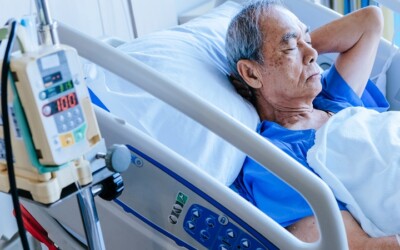What is Knee Hyperextension after a Stroke?
Knee hyperextension is a common problem after a stroke. Knee hyperextension is when the knee goes beyond a straight position. Yeah, not exactly natural looking or feeling. ?
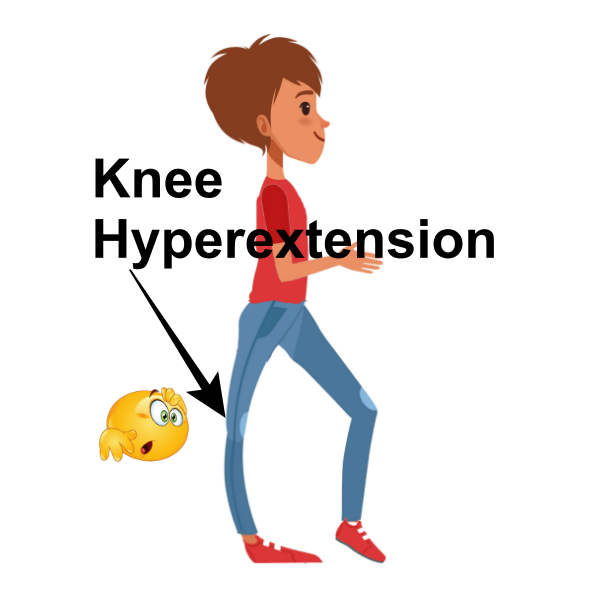
Knee hyperextension (recurvatum) usually happens in the involved leg. It is the most obvious when full body weight is placed on the leg (stance phase). For instance, when swinging the uninvolved leg during walking.
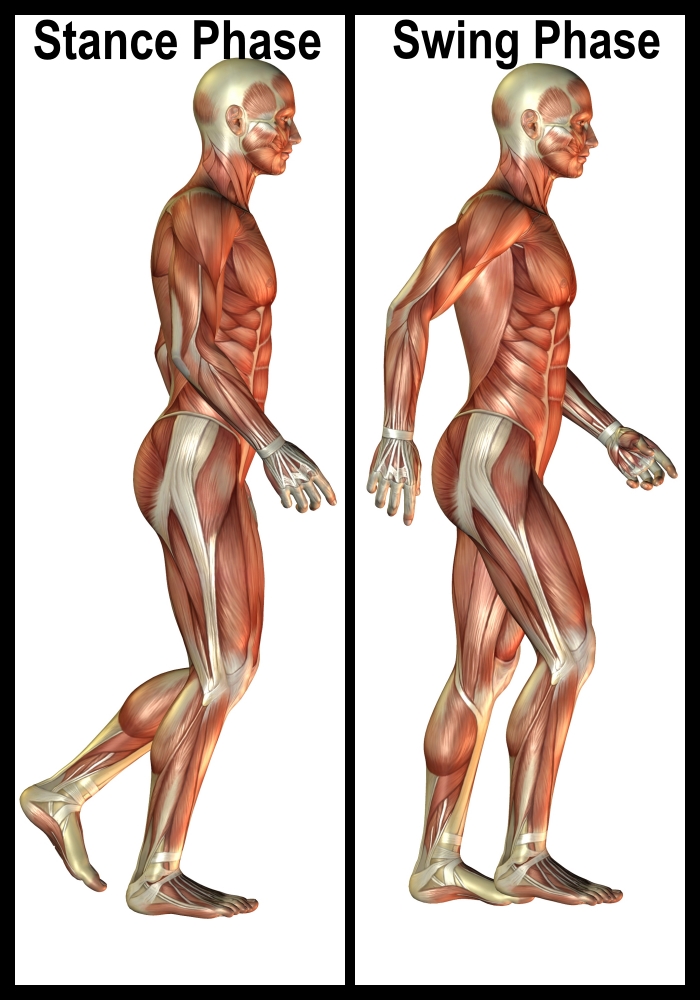 .
.
This can create hip pain, back pain, and of course knee pain. When the knee extends unnaturally during stance, it can also make it impossible to bend the knee to swing the leg through (swing phase). This might cause you to swing your leg out to the side to clear the ground.
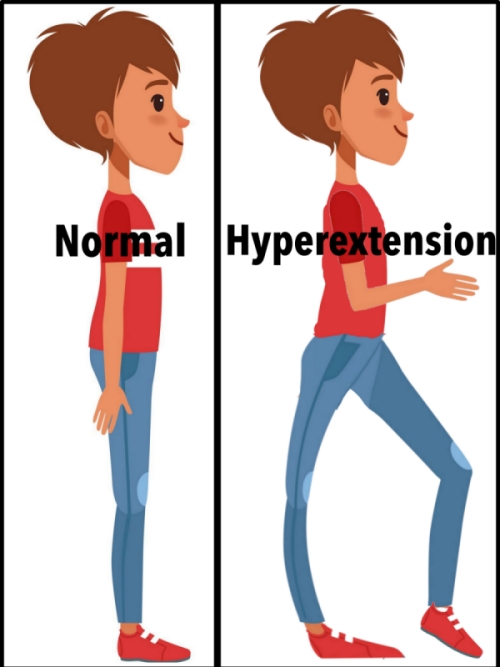
What causes knee hyperextension after a stroke?
Knee hyperextension is caused by poor control in the muscles around the knee. This can happen due to under-active hamstring muscles (muscles that bend the knee) or overactive quadriceps muscles (muscles that straighten the knee).
What are the best exercises to help decrease knee hyperextension after a stroke?
So, the focus of the exercises is two-fold. One is to relearn how to bend the knee by teaching the brain how to “turn off” the overactive quadriceps. The second part of the exercise focus is to retrain the muscles that bend the knee.
The final part of the training will be relearning how to stand. The focus of standing will include learning how to engage the quadriceps enough to support your body weight, without going into hyperextension.
If you have made it this far, I am sure you really want to know “the how”. So let’s get right to it…..
How to strengthen weak muscles around the knee to stop knee hyperextension after a stroke?
As I stated, part of preventing knee hyperextension is to retrain the muscles that bend the knee. Heel slides are an excellent activity for this. To perform a heel slide, you want to lay on your back. Next, try and bend the knee by pressing your heel down into the mat (or whatever surface you are on 🙂 )
Heel slides:
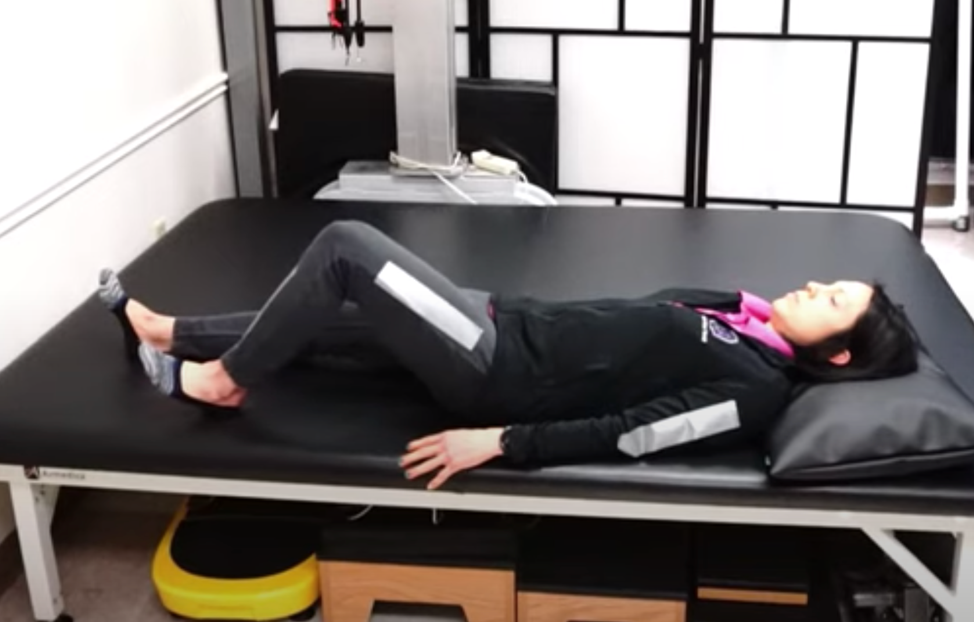
Modified Heel Slide:
If you are unable to bend your knee with it flat on the bed/mat, here is a modification.
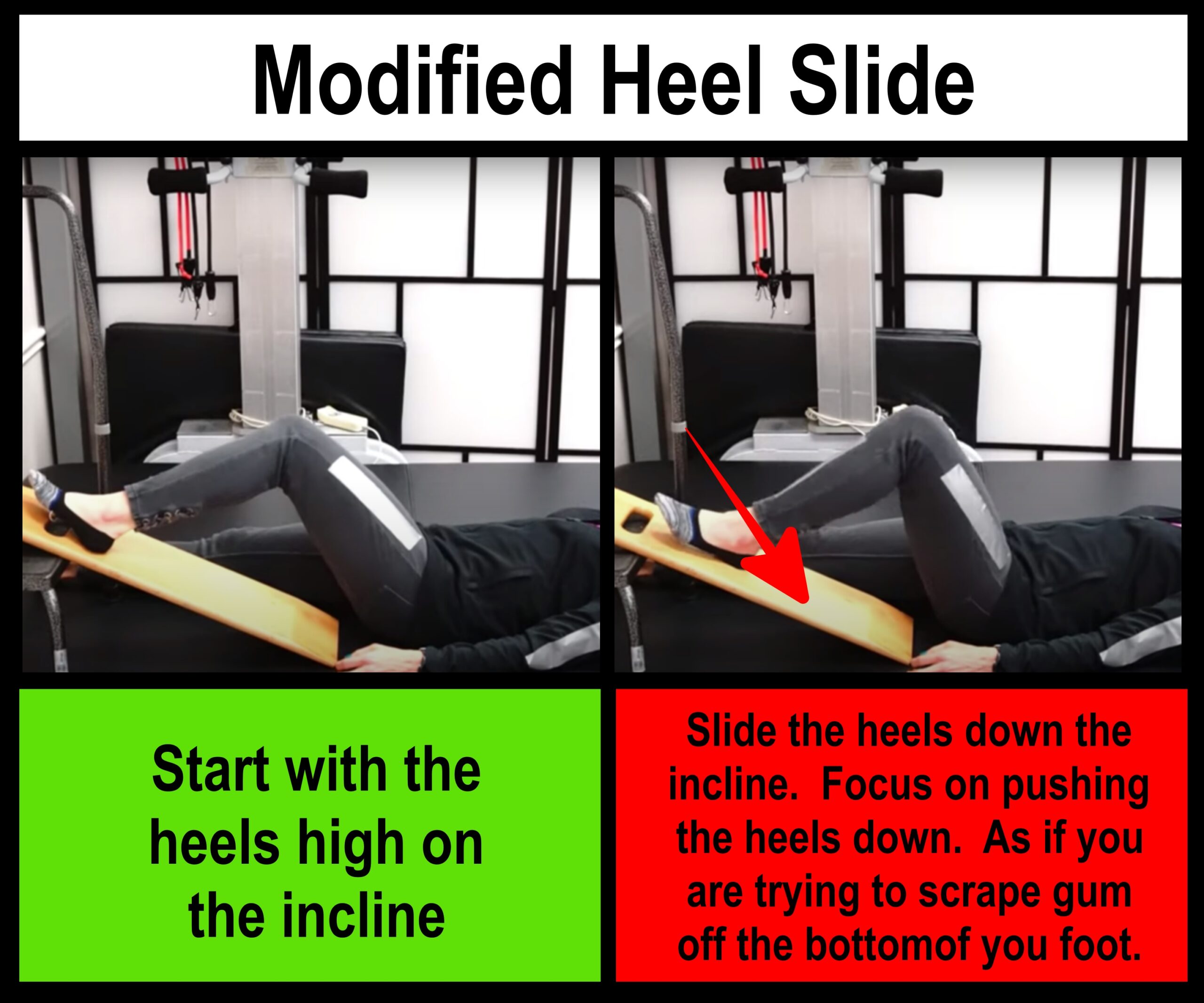
Standing:
Next you want to try and straighten the leg in standing without hyperextension. Now, this might take a TON of practice so be patient. The main thing to focus on is maintaining a “crouched” position with both knees bent.
Step one
Shift your body weight to the involved leg
Step two
Try and step the uninvolved leg forward while maintaining a slight bend in the involved knee.
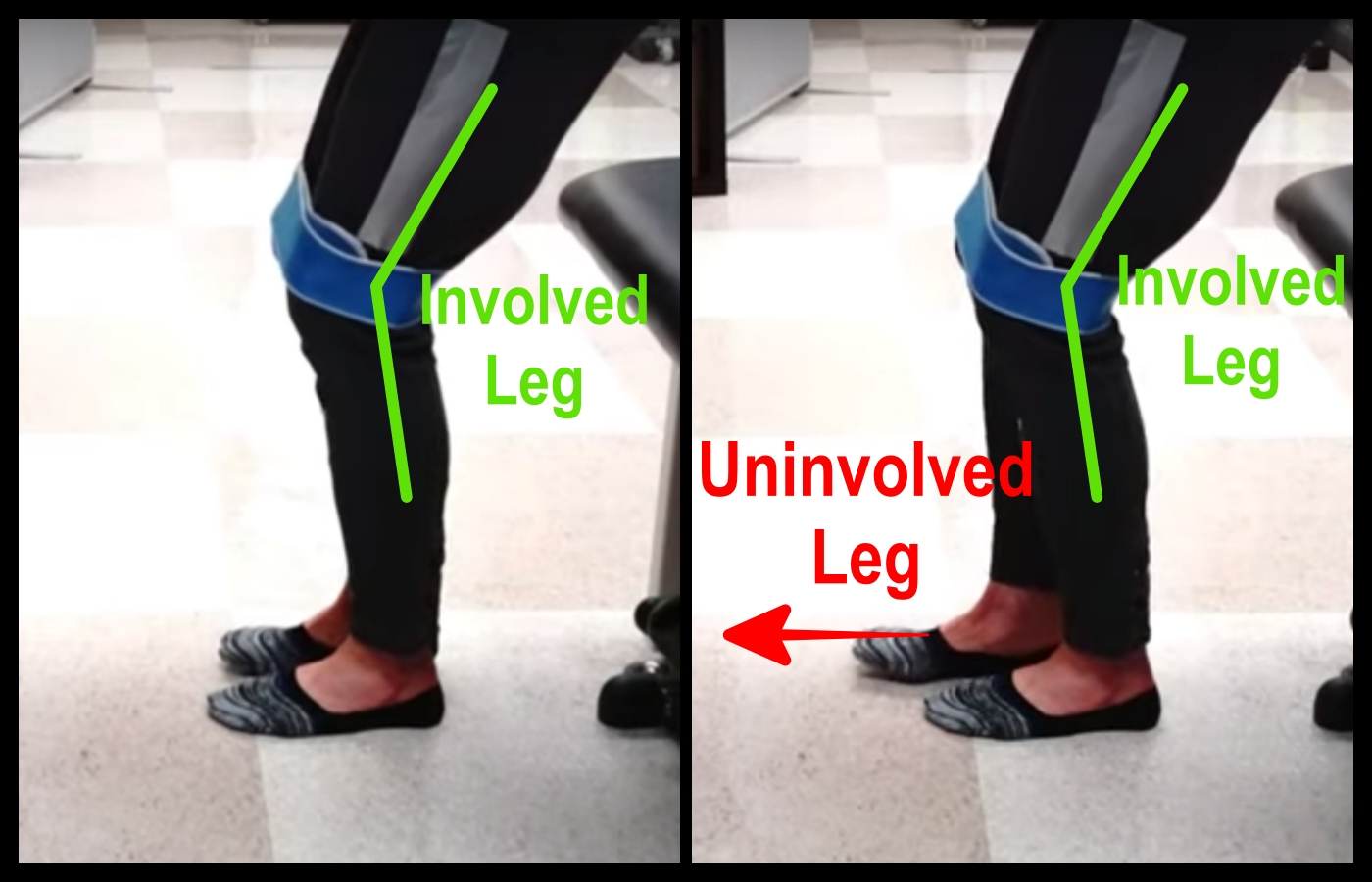
Other articles you may be interested in:
You have just had a stroke. Now what?
You’ve Just Had a Stroke. Now What? Acute Phase Recovery Guide – What to Expect in the First Few Days First Things First… If you’re here, you or someone you love has likely just had a stroke. Let’s pause for a moment and say what most people won’t: This is...
Best Arm Rehab Post Stroke
Discover how new research is changing what’s possible for stroke survivors with little to no arm movement. https://youtu.be/Bw-rd1Fx02cWhat if I told you that even if you can’t move your arm after a stroke, there are still powerful ways to promote recovery—and...
When Your Brain Forgets Half the World: Understanding Hemispatial Neglect
When Your Brain Forgets Half the World A practical guide to hemispatial neglect after stroke Let’s talk about something that doesn’t get nearly enough attention—literally. It’s called hemispatial neglect.And if you’re dealing with it, you already know how frustrating,...
3 Big Balance Mistakes After Stroke—and How to Fix Them
Have you ever felt like your balance is fine at home… but the moment you step outside, it’s a totally different story? You’re not alone—and there’s a good reason for that. I talk to a lot of people who say, “I feel pretty confident walking around my house, but the...
How to Fix Knee Buckling Post Stroke
Why Your Knee Buckles—and How to Regain Control Say Goodbye to Knee Giving Way and Hello to Confident Walking https://youtu.be/wNZxiTXTz7QWhat Is Knee Buckling? Knee buckling refers to a sudden, unexpected loss of stability in the knee joint, often described as the...
Understanding and Fixing Leg Cramps Post Stroke
Clonus Explained: What It Is, Why It Happens, and What You Can Do About It Stop Letting Leg Cramps Slow Your Recovery https://youtu.be/fGNGXoMSvT4 Can Clonus Affect the Way You Walk? Absolutely—Here’s What You Need to Know Have you ever felt your foot suddenly...
Why Your Hand Still Won’t Open After Stroke | 3 Mistakes to Fix
Why Forcing It Doesn't Work How to Stop Reinforcing the Wrong Patterns and Start Rewiring Your Brain for Real Recovery https://youtu.be/fDIgGLM8Kj0If you’ve had a stroke (or other neurologic injury), and your hand feels like it’s stuck in a fist or your arm just hangs...
Understanding Abnormal Synergy Patterns After Stroke: The Missing Puzzle Piece in Recovery
Understanding Abnormal Synergy Patterns After Stroke: The Missing Puzzle Piece in Recovery Stroke recovery is rarely straightforward.You might work on strength, balance, and mobility—yet your movements still feel awkward, stiff, or “robotic.” Why?One of the most...
Why Does My Leg Flop Out When I Walk After a Stroke?
Why Does My Leg Flop Out When I Walk After a Stroke? You know the feeling.You’re walking. Or trying to walk. And then your leg just… flops out to the side.You try to correct it, but it keeps happening.Frustrating, right? Let’s break this down.You’re not alone, and...
Post-Stroke Shoulder Pain: Why It Happens and What You Can Do About It
Post-Stroke Shoulder Pain: Why It Happens and What You Can Do About It If you’ve had a stroke, chances are your shoulder has tried to steal the spotlight at some point. Not in a good way. Post-stroke shoulder pain is one of the most common (and most frustrating)...

